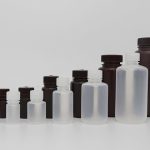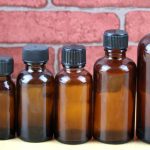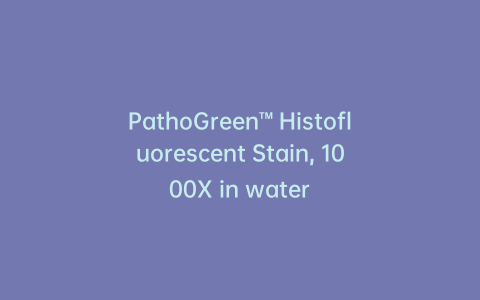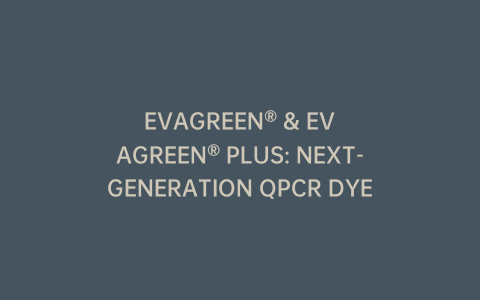Systemic antibiotic therapy is the major therapeutic method for acute bacterial rhinosinusitis (ABRS). However, this kind of therapy often gives rise to the side effects, such as dizziness, diarrhea and drug resistance. In order to avoid the side effects and achieve sustained release of drugs, researchers developed a new polyethylene glycol hydrogel (PEG-H) treatment model.
PEG-H is composed of 4-arm-PEG-SH and silver ions through a high affinity and dynamic reversible coordination bond between the thiol and silver ion. By loading PEG-H with Clarithromycin (CAM-Lips@Hydrogel) or Clarithromycin and Budesonide liposomes (CAM+BUD-Lips@Hydrogel), and the experiment showed that PEG-H has the characteristics of self-healing, biodegradability, moderate swelling rate, injectibility and sustained drug release.
In the in vivo studies, the hydrogel is injected into the maxillary sinus of ABRS rabbit models. The study revealed that the hydrogel can be used to anti bacterials and inhibit inflammatory response of local sinus mucosa in both single or combined loads. Apart from that, the side effects in the ABRS model were not observed through behavioral observation and drug sensitivity tests. As a result, with anti-bacterial and anti-inflammatory properties, the injectable self-healing hydrogel can be used as a new micro invasive therapeutic method for the clinical treatment of ABRS.




